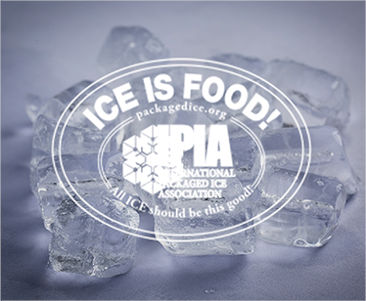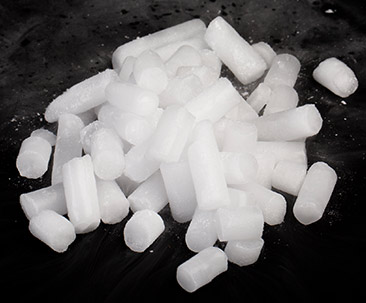Dry ice should always be handled with care. Ensure the safety of the handler by wearing protective gloves or using a cloth between the ice and the hands. Use of tongs is another way to limit one’s direct contact exposure to dry ice. Prolonged exposure to bare skin will cause the cells to freeze and create an injury similar to a burn. Store dry ice in an insulated container and ensure the proper ventilation of the area where the dry ice is stored. Styrofoam is an ideal storage container as it keeps the dry ice insulated but is not airtight. If the air where the dry ice is stored reaches a CO2 level above 0.5%, it can be dangerous to your health.
Signs to look out for are headaches and difficulty breathing, as the carbon dioxide sublimates and replaces oxygen. Loss of consciousness in a confined area containing dry ice can lead to serious health consequences and even death.
Due to the rapid emission of large volumes of CO2 gas, any dry ice that is stored in a closed container can pressurize the container. Given enough time at normal room temperature, such a container may explode if the gas is not able to escape. Serious physical injury has occurred due to improper packaging of dry ice.
Occupational Exposure Limits: Eight-hour, time-weighted average is 5,000 parts per million (ppm); 15-minute, short-term exposure limit is 30,000 ppm.


